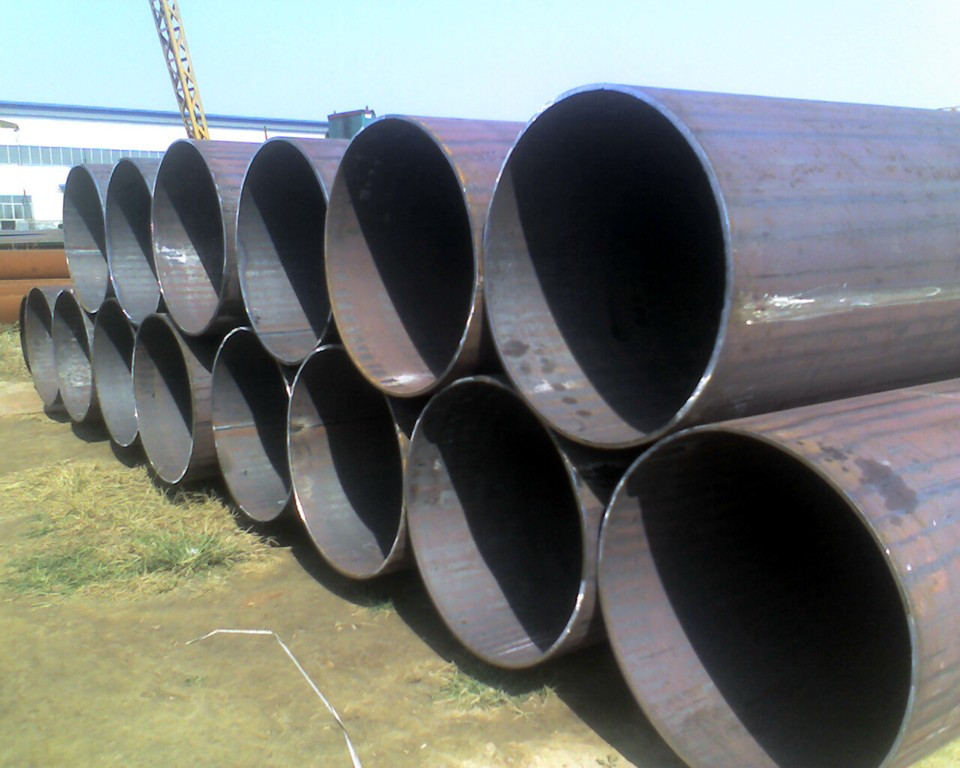Brief Article on ERW (Electric Resistance Welded) Pipe

Lightweight, corrosion-resistant, constructed correctly, precision-engineered, intricate details, economical, and more are some of the benefits of Carbon Steel ERW Pipes. Shipbuilding, automobiles, boilers and pressure vessels, railways, oil and petrochemicals, coal and mining, transmission towers, and general and heavy engineering all use ERW pipes.
Carbon steel pipes are made utilizing a variety of procedures that result in pipes with varying properties. A carbon steel pipe’s carbon content can be as high as 2.1 percent of the total alloy weight. Any increase in the carbon content in the alloy used to create a Carbon Steel line pipe would increase the metals’ hardness and tensile strength. Even with a higher carbon percentage, the ductile characteristics of the Black Carbon Steel jacketed pipe would deteriorate.
Carbon steel pipes are available in a variety of thicknesses, including SCH 40, SCH 80, SCH 160, and so on. Power Generation (Nuclear/Thermal), Oil Refineries, Petrochemicals, Boiler Equipment, Steel, Sugar, Pressure Vessels, and General Engineering Purposes are some of the industries that use CS pipes. For many years, most carbon steel pipes were made from Grade B steel, which has a minimum yield strength of 35,000 psi.
Low-frequency or high-frequency resistance “resistance” is used to make ERW steel pipes. They’re spherical pipes with longitudinal welds welded from steel plates. It’s used to transport oil, natural gas, and other vapor-liquid items, and it can handle a wide range of pressure needs. It currently holds a crucial place in the world’s transportation pipe industry.
When current runs through the contact surface of the welding area during ERW pipe welding, heat is created. It warms the steel’s two edges to the point where one can create a bond with the other. The edges of the tube blank melt and push together at the same time because of the combined pressure.
ERW pipe has a maximum OD of 24″ (609mm) and is usually made in SAW for bigger dimensions.
What types of pipes (standards) could be produced using ERW techniques?
The ERW technique can be used to make a wide range of pipes. Below is a list of the most prevalent pipeline specifications.
ERW carbon steel pipe
– Grades A and B of ASTM A53 (and Galvanized)
– ASTM A252 pile pipe is a standard for pile pipe.
– ASTM A500 structural tube is a standard for structural tubing.
– ASTM A134 and A135 pipe are both ASTM standards.
– EN 10219 S275, S355 pipe EN 10219 S275, S355 pipe EN 10219 S355
Stainless steel ERW pipe/Pipe specs and requirements
– Stainless steel pipe ASTM A269
– Sanitary tubing ASTM A270
– Stainless steel pipe ASTM A312
Ferritic/austenitic/duplex stainless pipe ASTM A790
– Line pipe API ERW
– API 5L B to PSL1 X70 (PSL2 shall be in the HFW process)
– N80 casing and tube, API 5CT J55/K55,
And so on.
Application and use of ERW steel pipe:
Low and high-pressure requirements could be met by ERW steel pipe used for conveying gas and liquid items such as oil and gas. With the advancement of ERW technology in recent years, more and more ERW steel pipe has been employed in the oil and gas sector, the automobile industry, and other industries.
ERW pipe has the following benefits:
High efficiency, cheap cost, material savings, and ease of automation are all advantages.
Comments are closed.